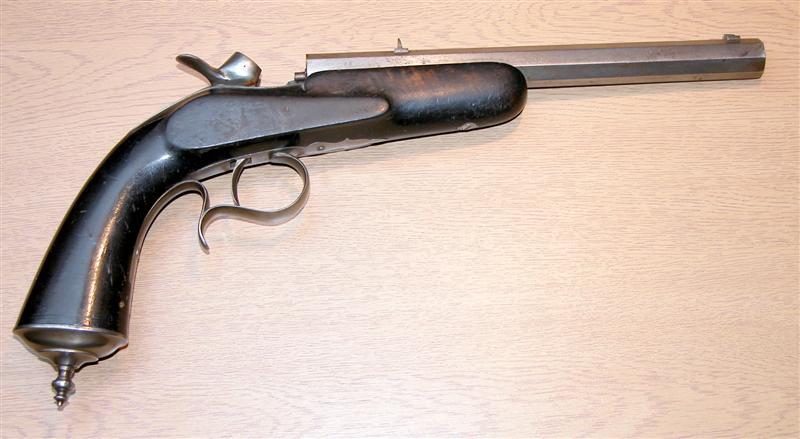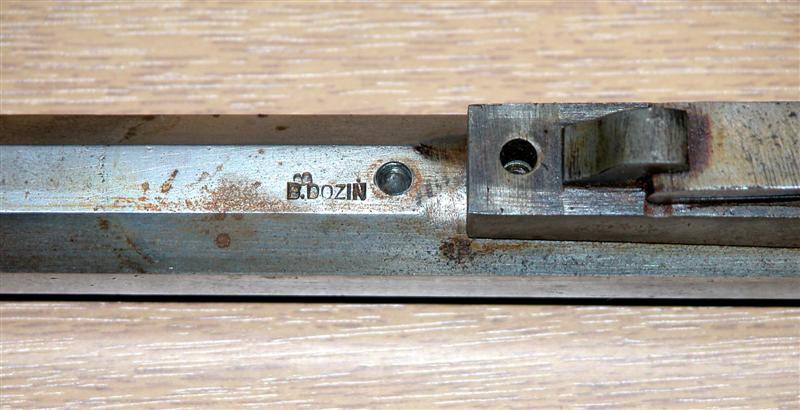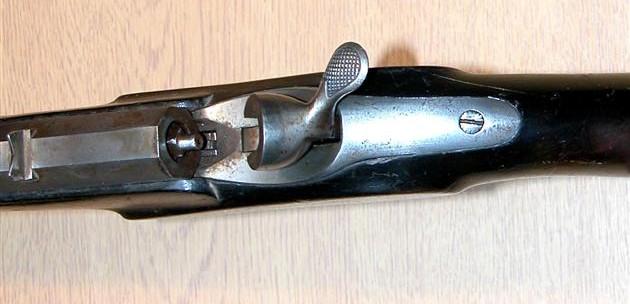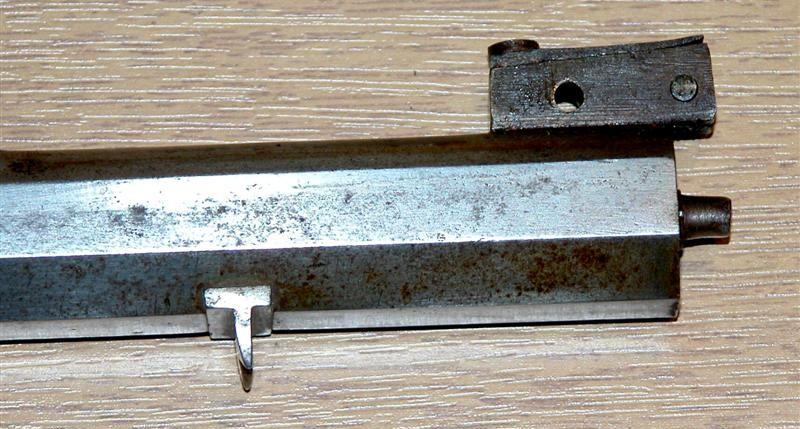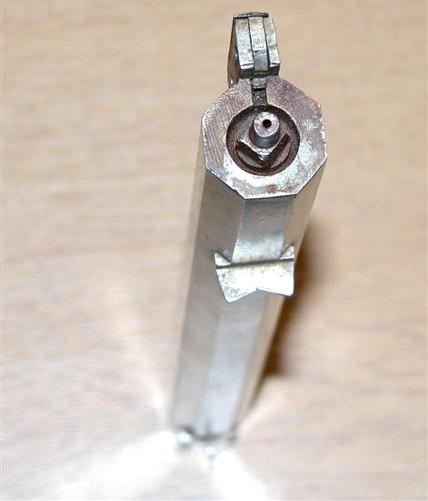Some of the most beautiful work of this craftsman, and many others, are in this book “Liège Gunmakers through their Work. 1800 - 1950”.
For more detail see: LIEGE GUNMAKERS
B Dozin
The
weapon is based on one of the many patents registered by Mariette (Dieudonné?).
and manufactured in Liege as attested by the punches. It was sold in Paris by
the famous house H. Fauré Le Page.
We also
see the name of B. DOZIN.
We're not
making much progress, but here's at least a second weapon with that name.
The
markings
84 and 94
or is it 8. 4? In this case, it could be the diameter of the lower barrel, for
the 9 mm Flobert.
As for
94. . . a production number?
Crowned
LR: it could be Lambert Rouma's initials, see
HERE
Thank you
posthumously to Guy Gadisseur.
T under
star: countermark of a controller between 1877 and 1968
Perron:
inspection since 1853
R
crowned: rifled bore (that of the top), between 1894 and 1968; the weapon is
thus posterior to 1894.
ELG on
star in crowned oval: acceptance between 1893 and 1968
Mariette
Breveté: I presume it is patent 079490 filed by Dieudonné Mariette on November
10, 1887, but I am not at all sure. Especially since from here I can't feel if
there's actually a spring in the ejection system...
This is
the patent in question.
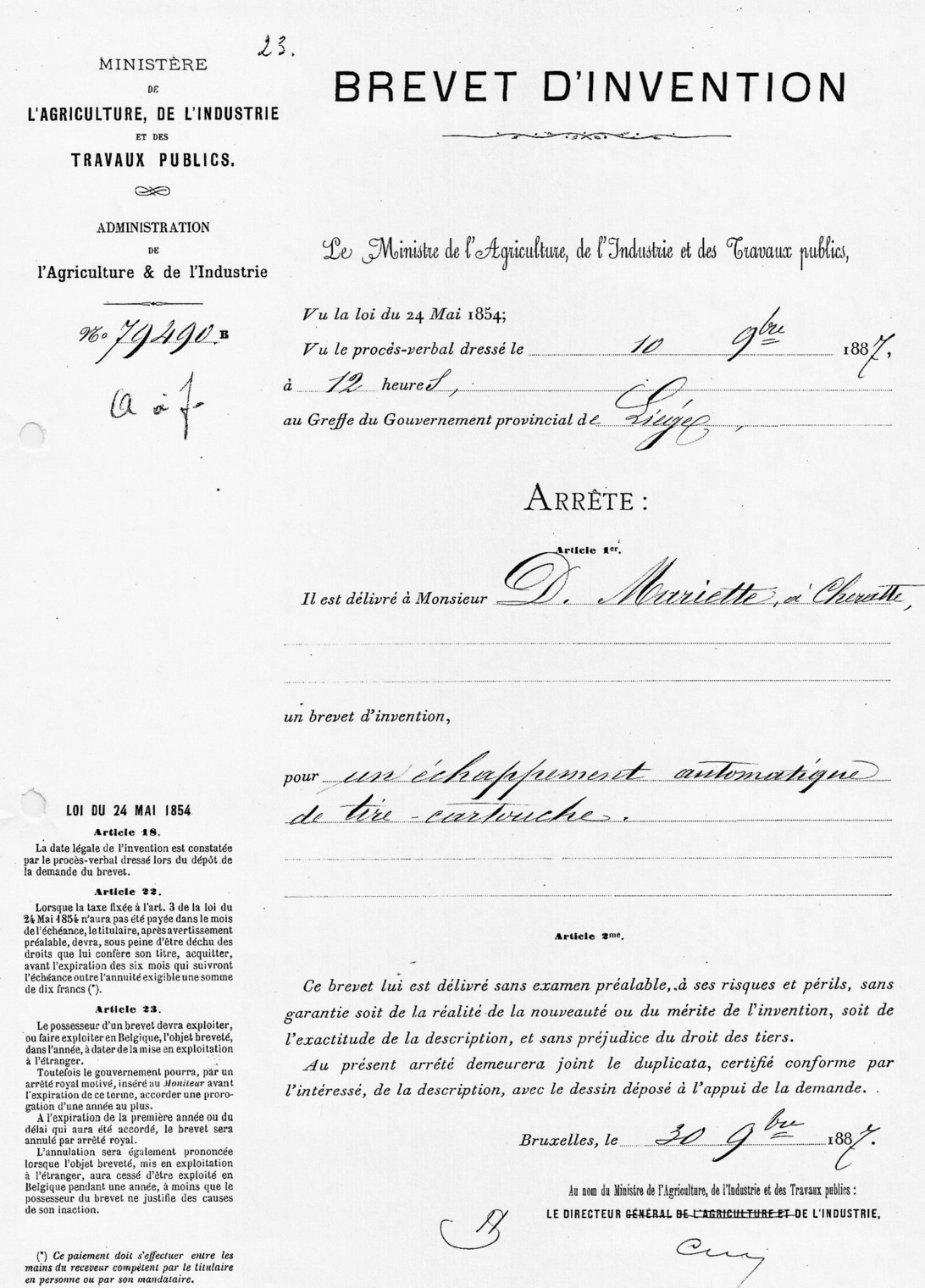
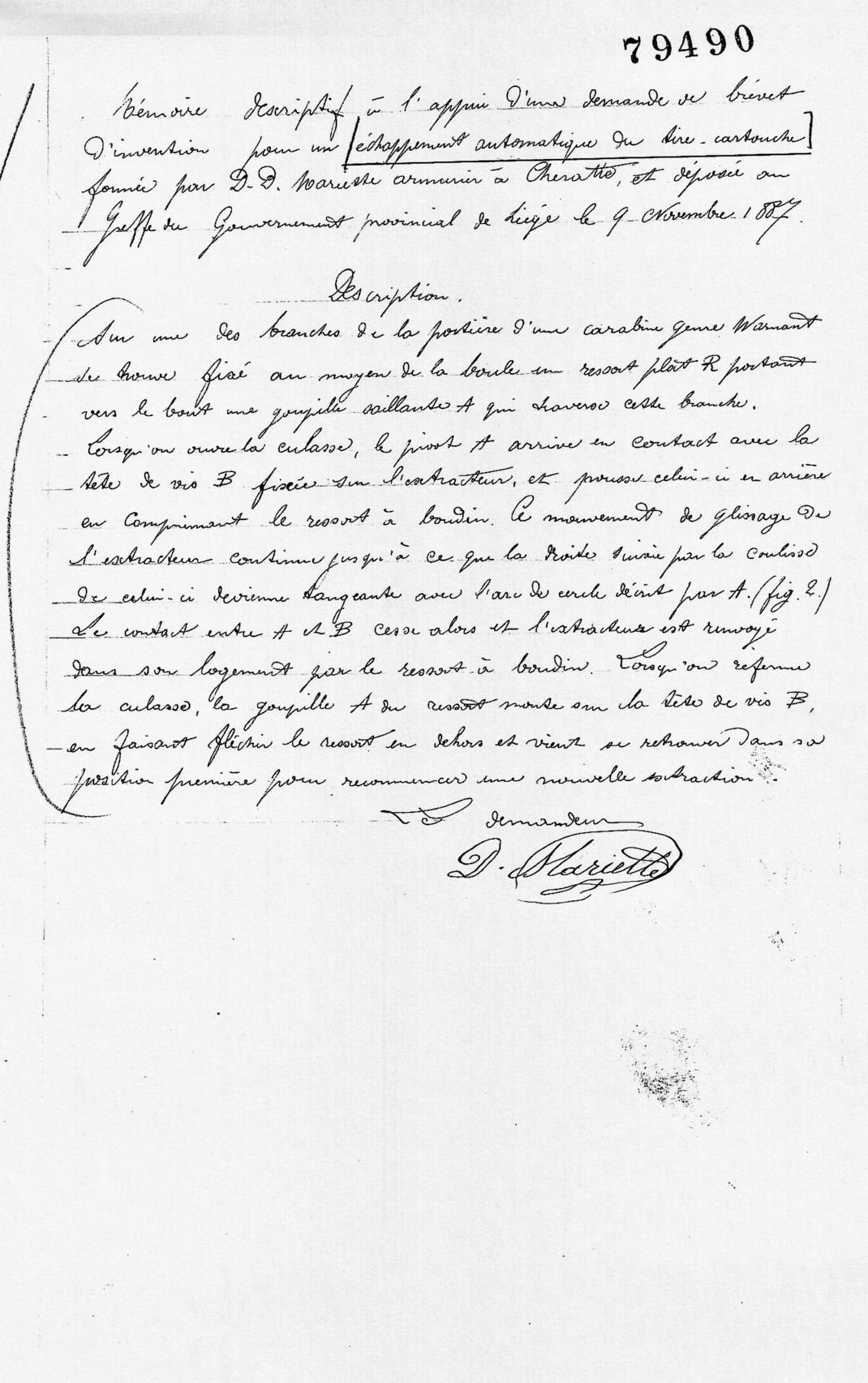
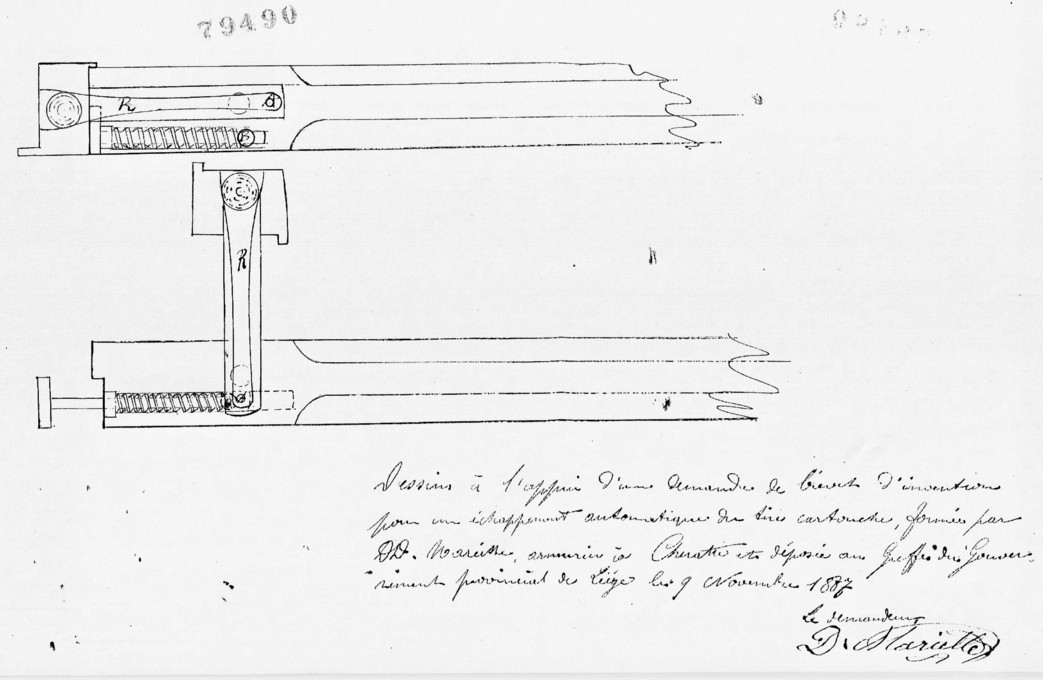
I have
the impression that there must be a patent of Dieudonné Mariette prior to this
one, without the springs, but I have not - yet - found it.
GP with
the help of HPH and MAX.
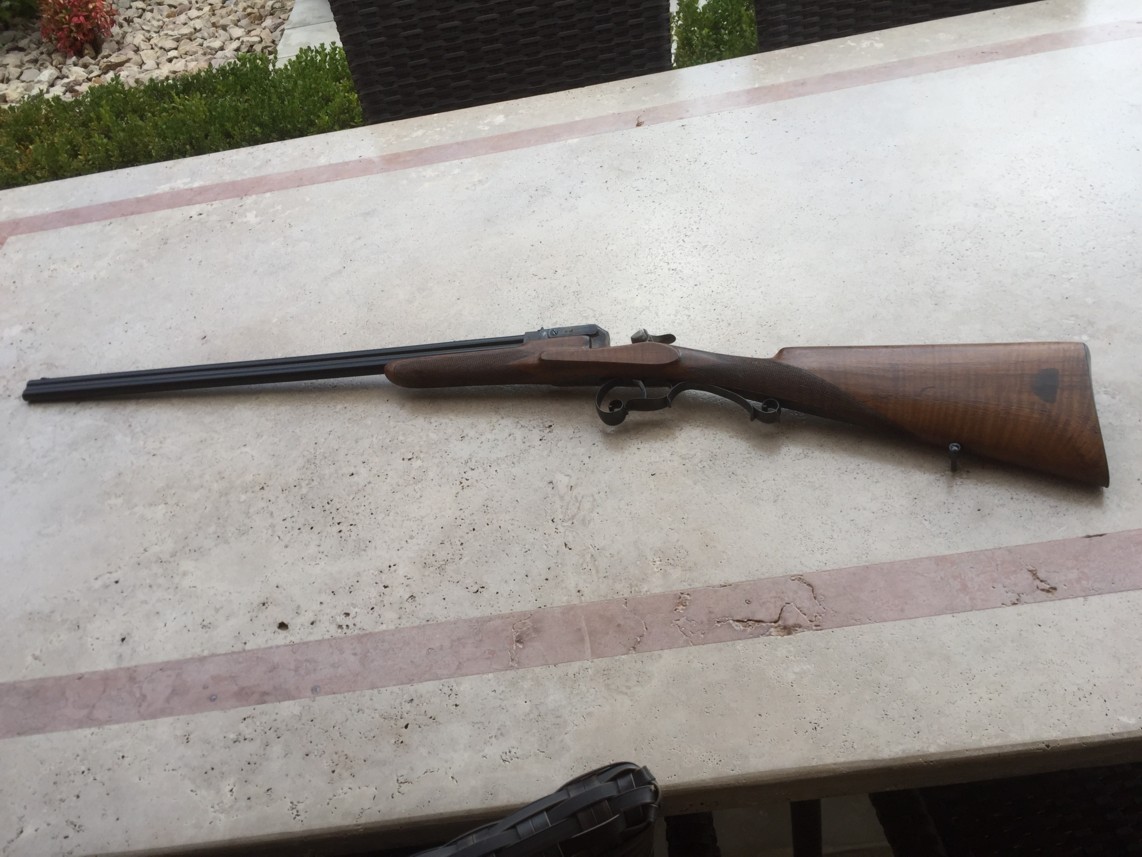
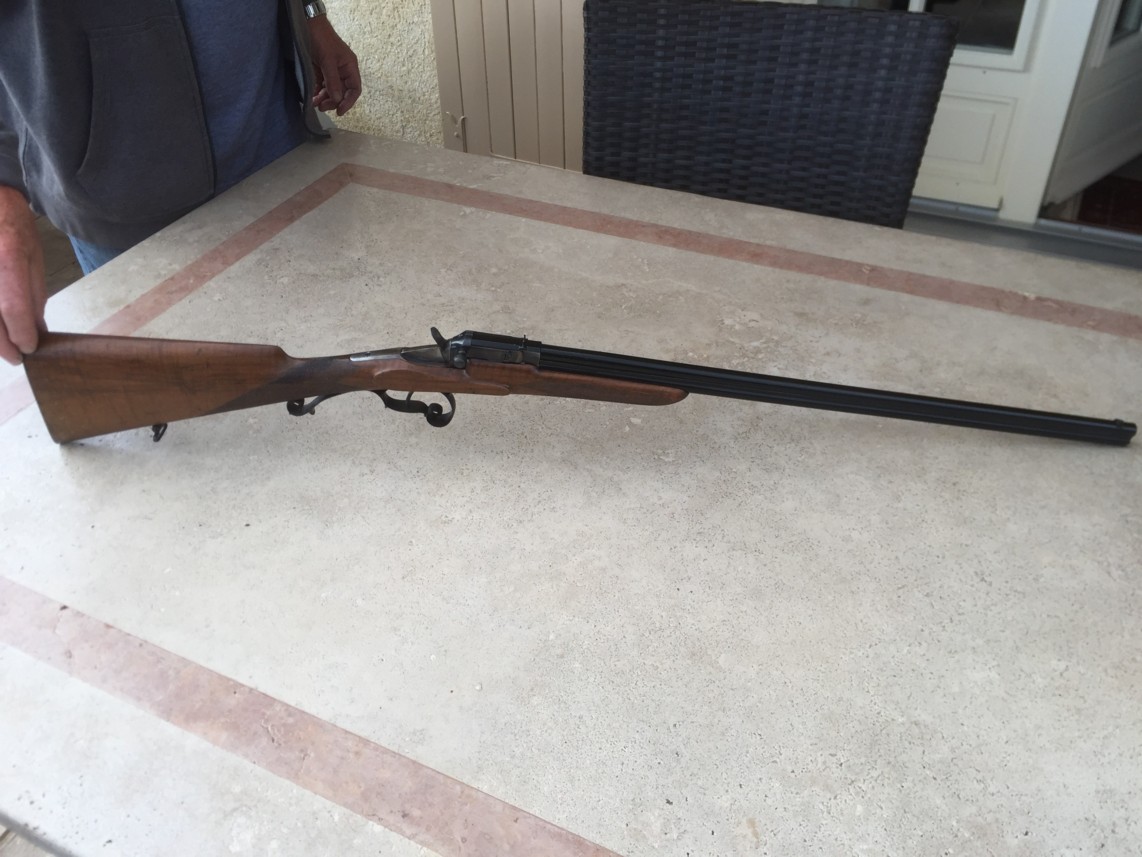
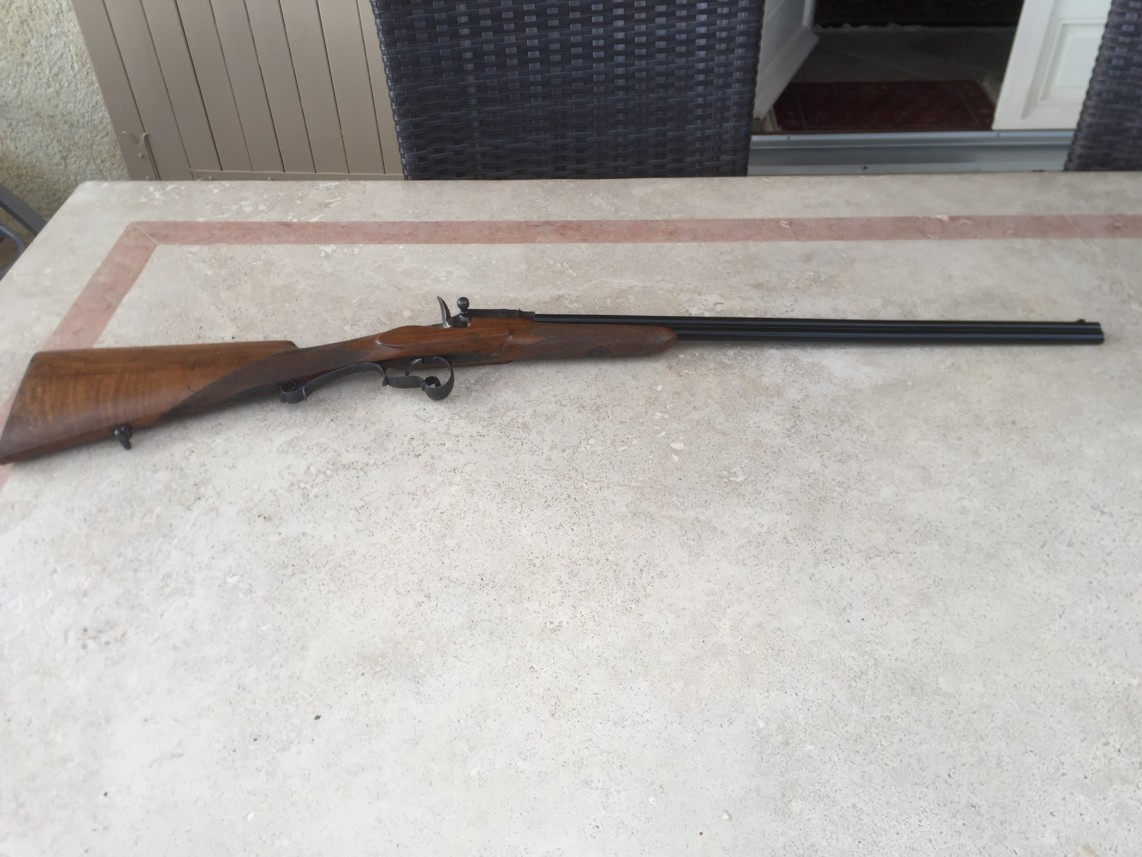

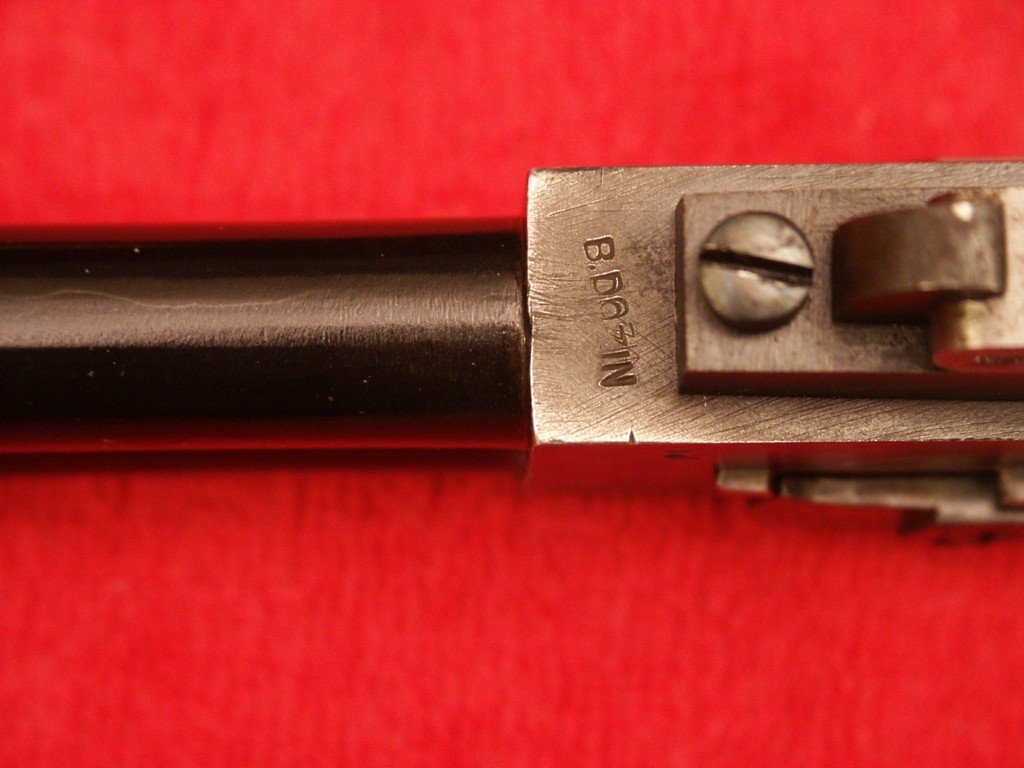
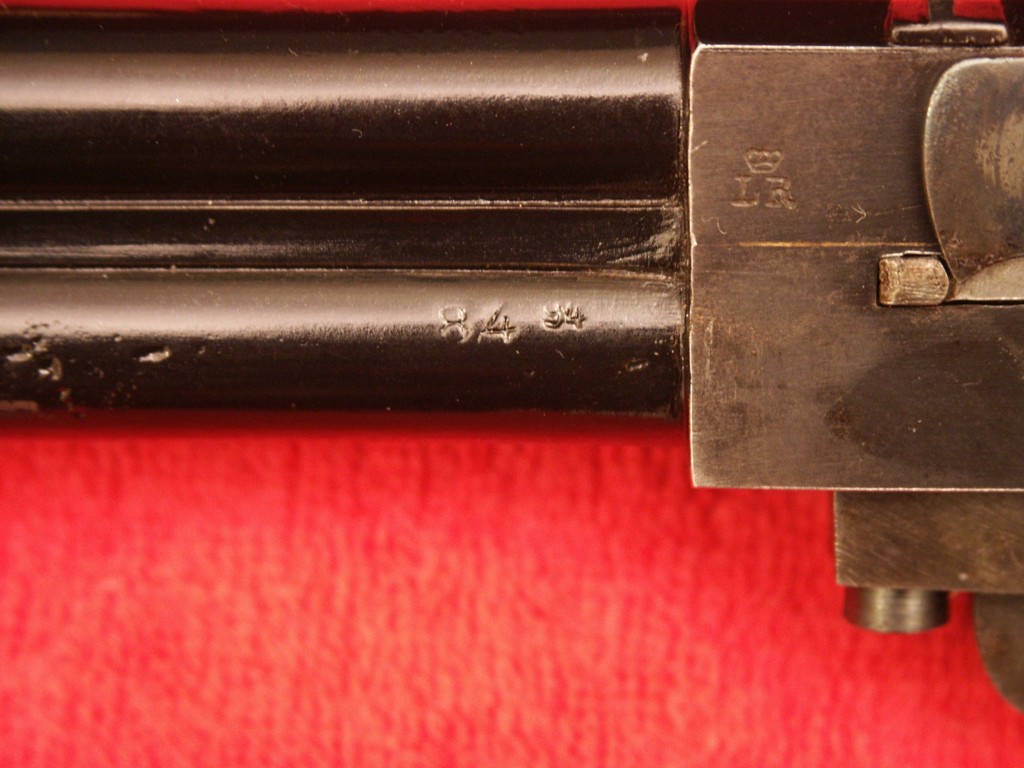
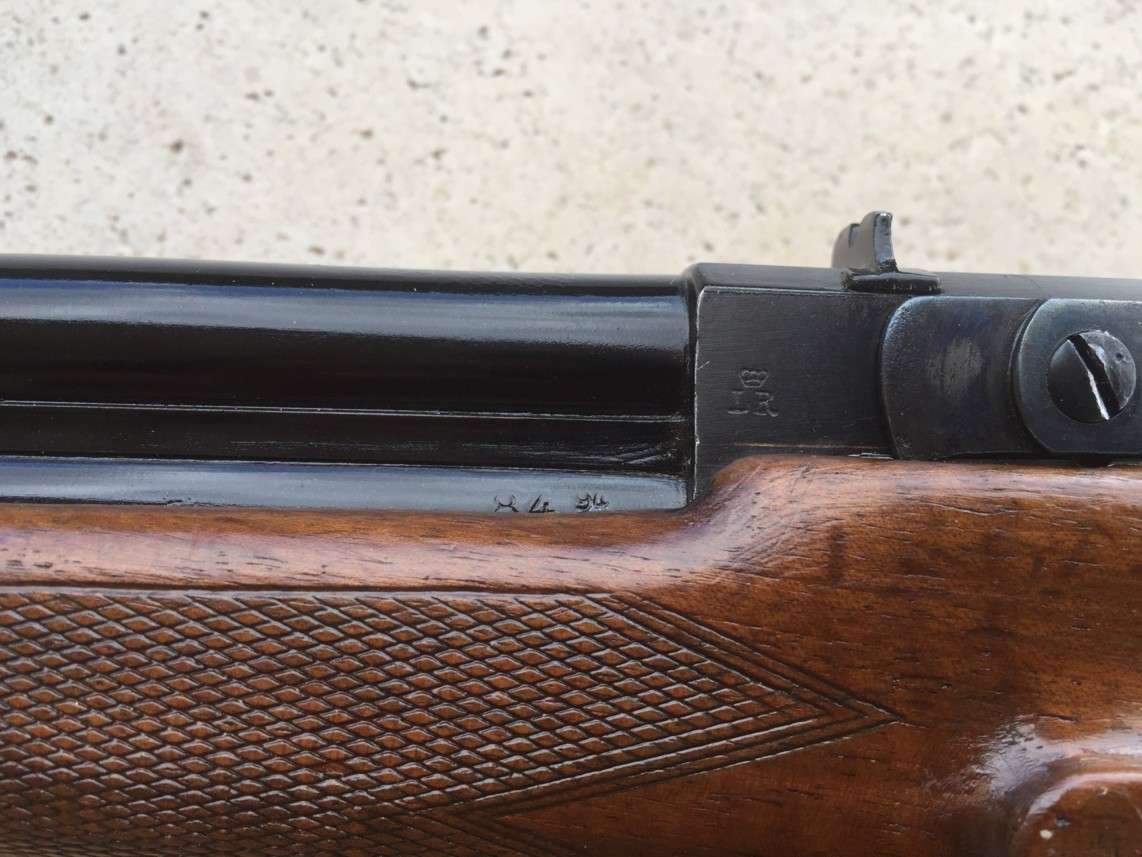
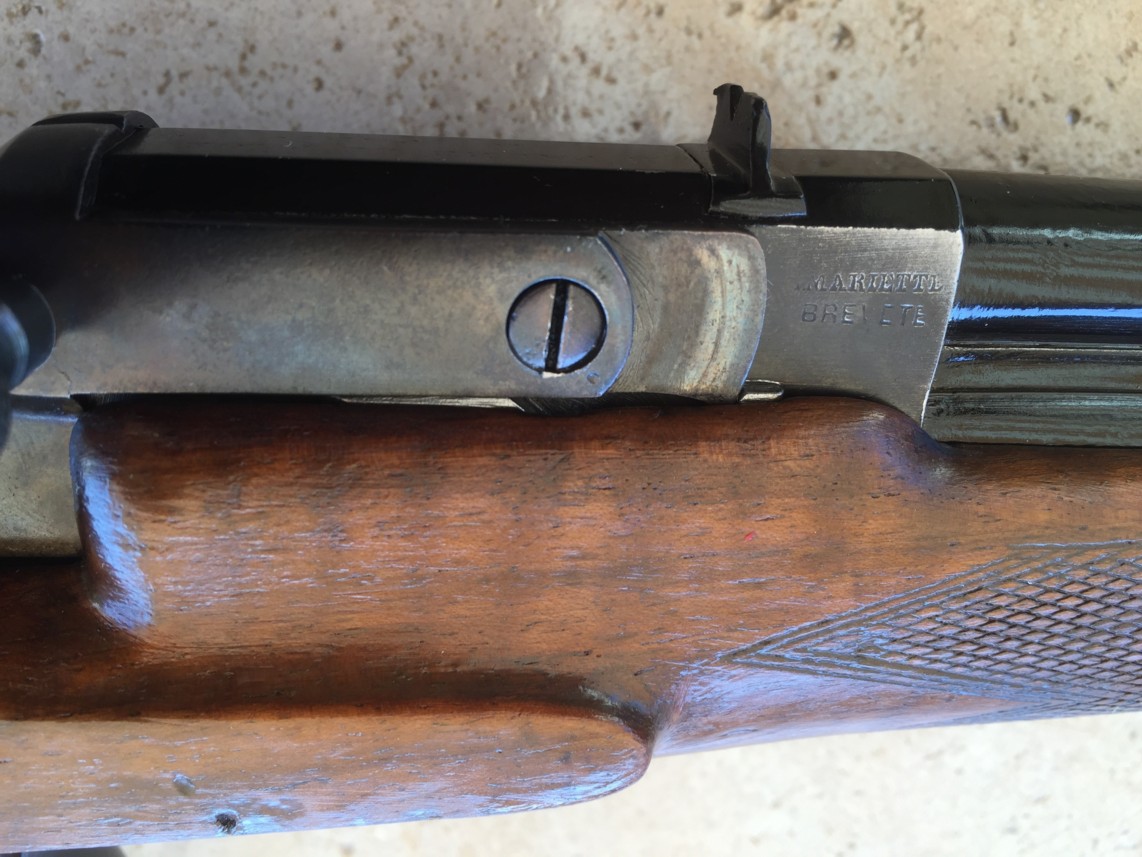
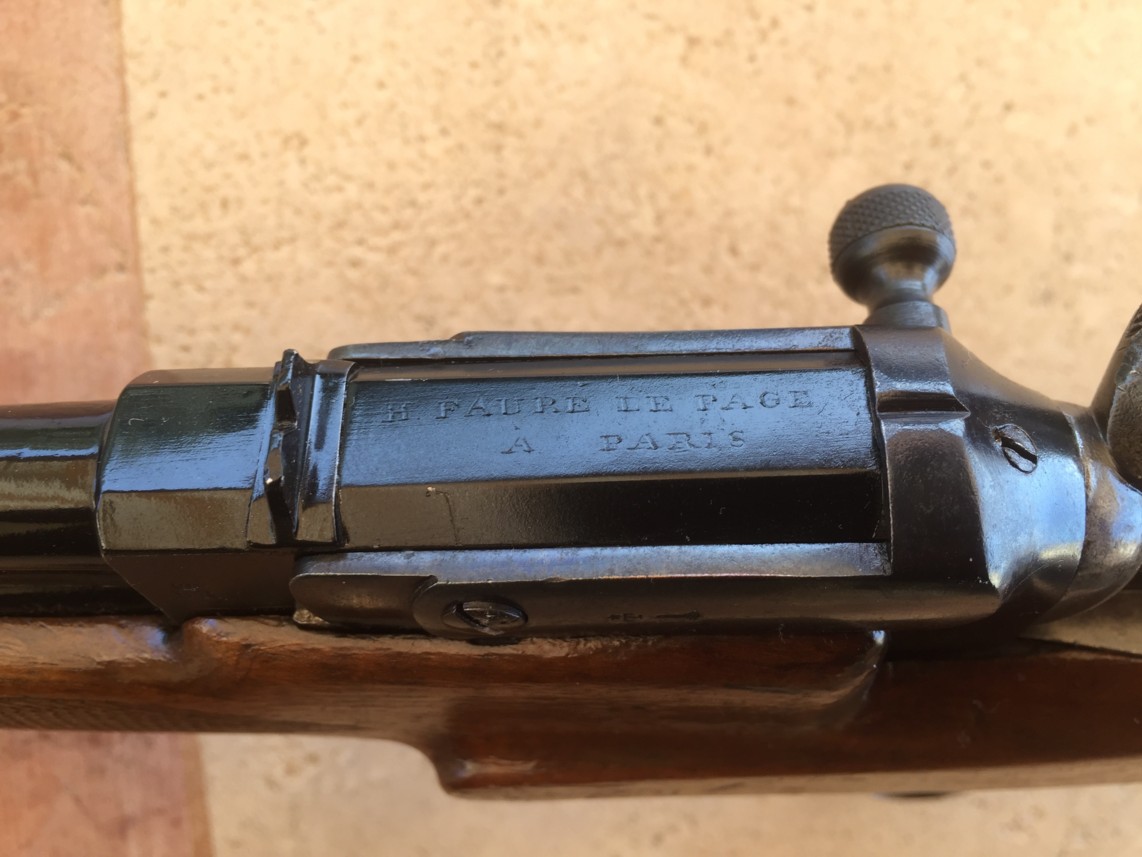
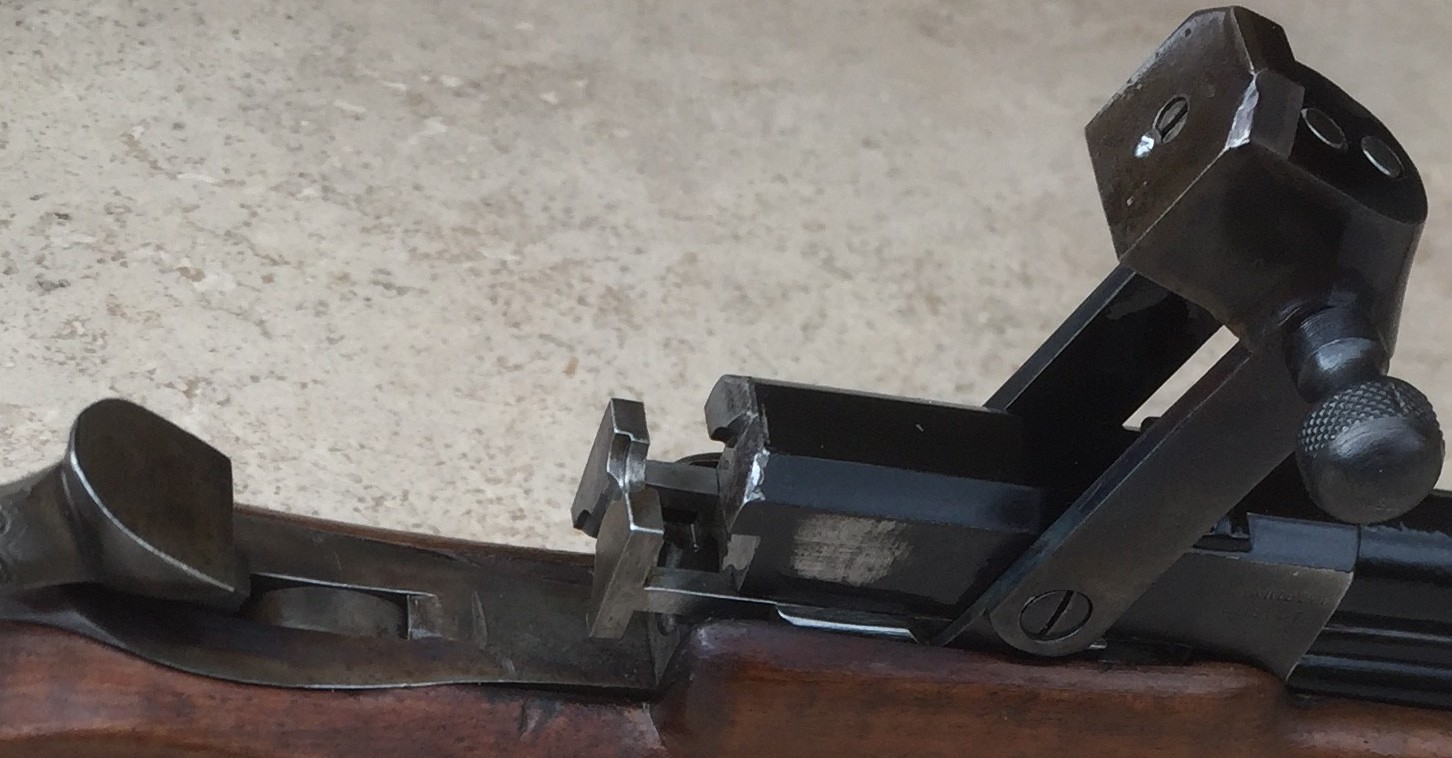
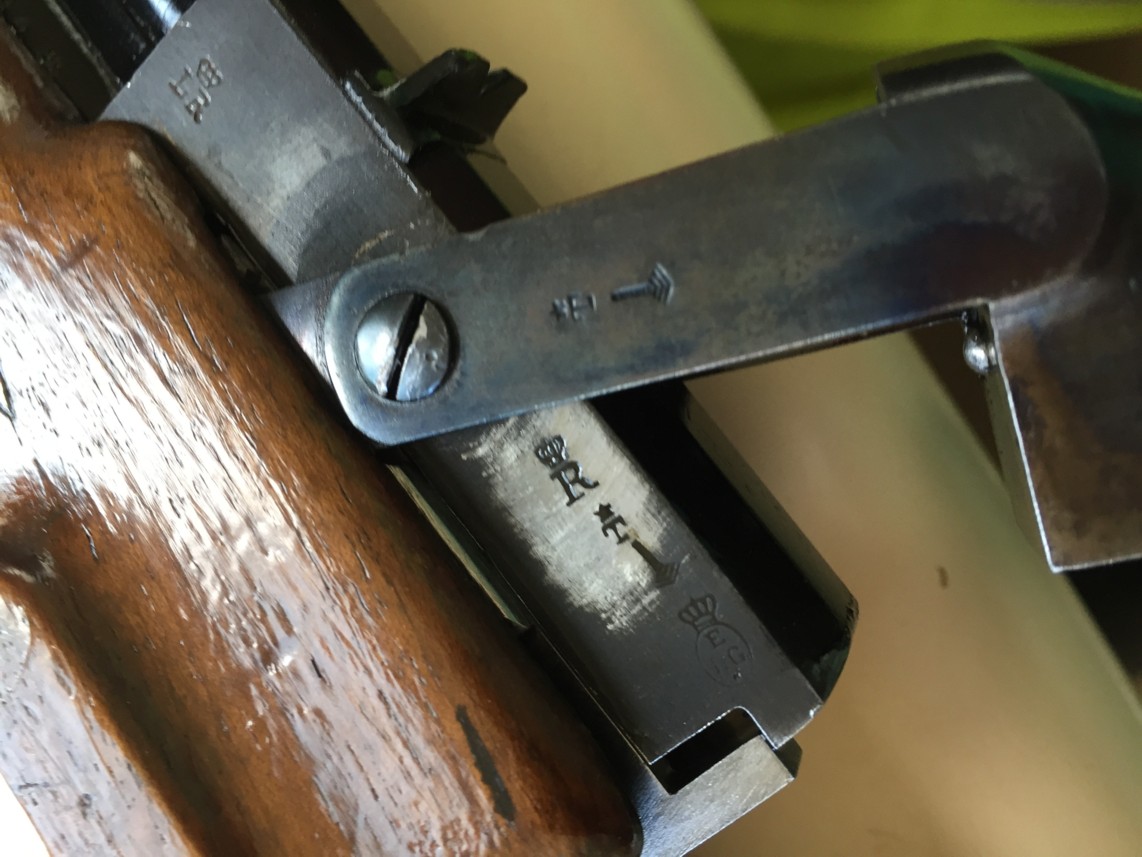
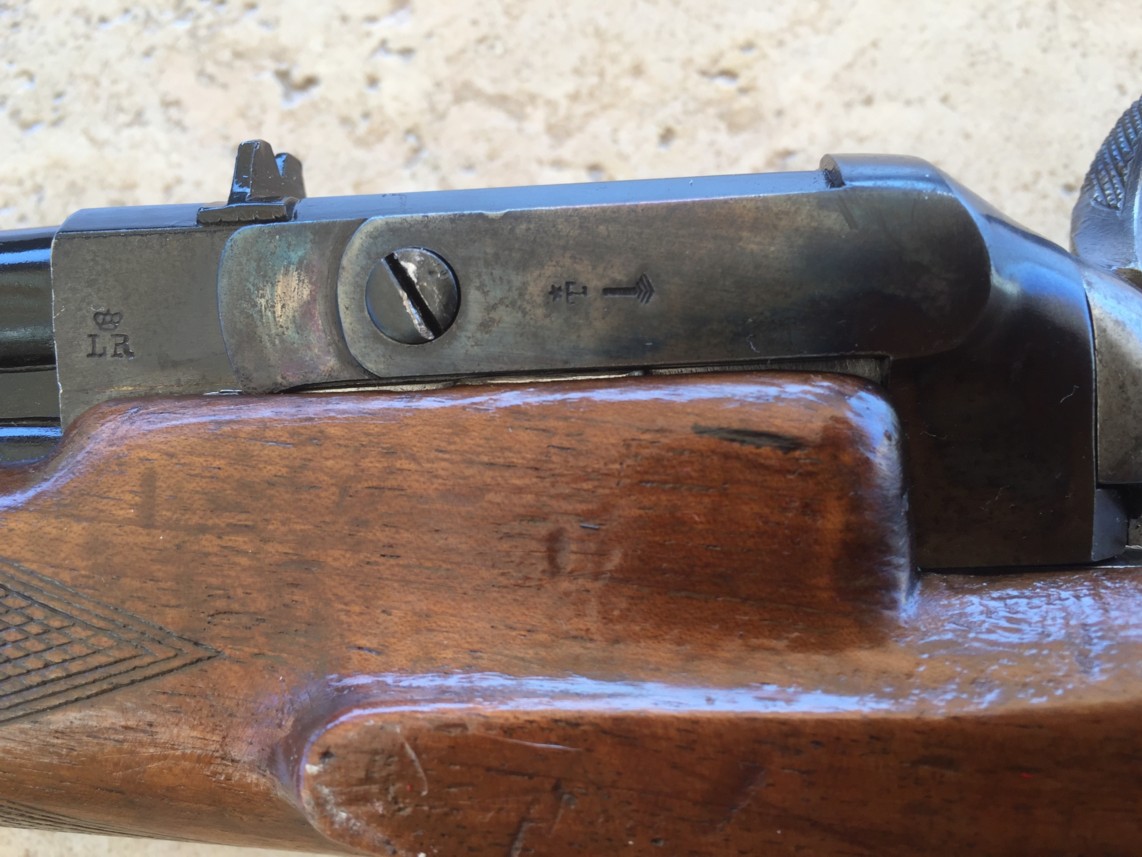
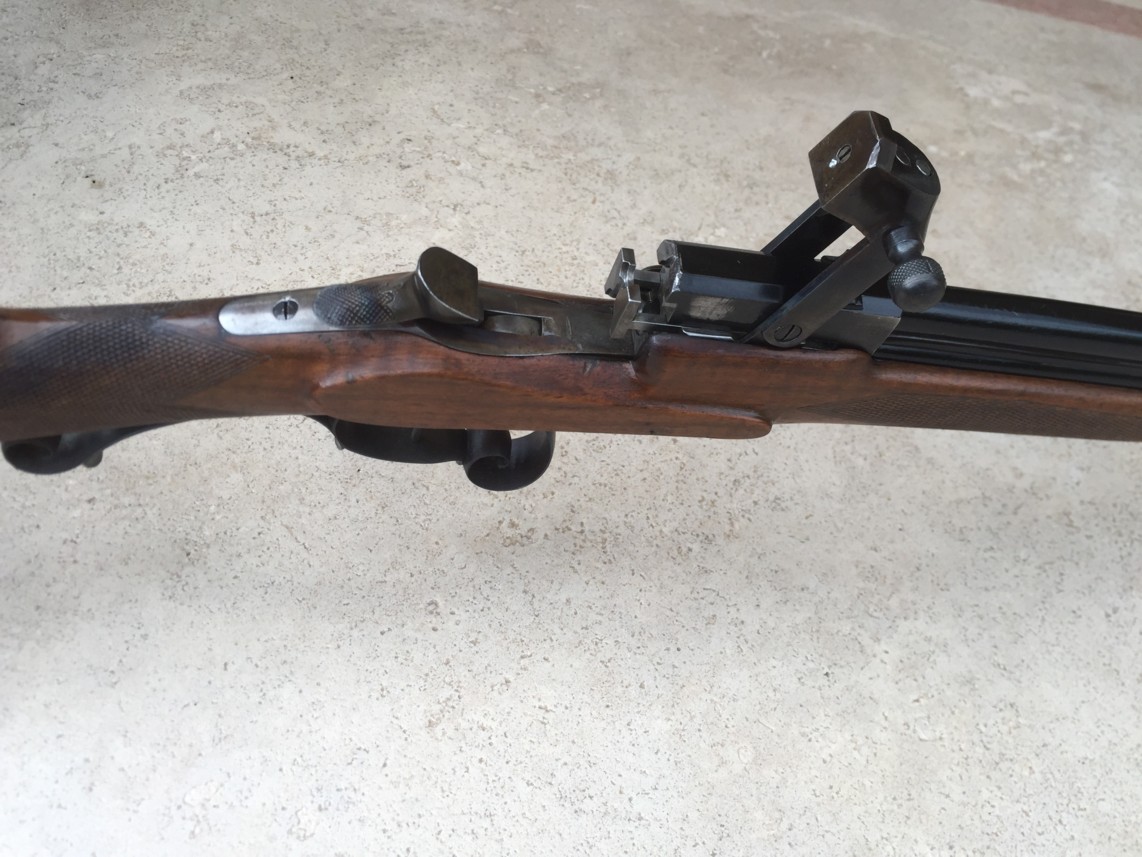
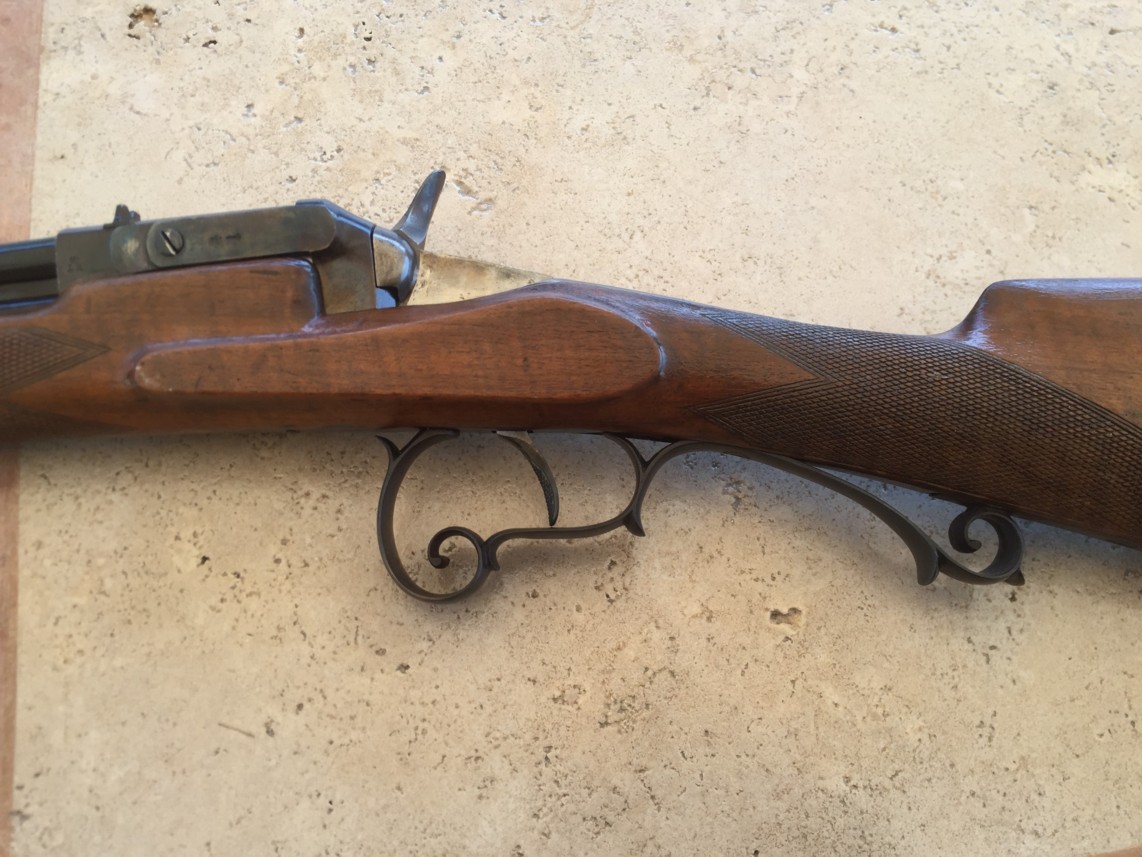
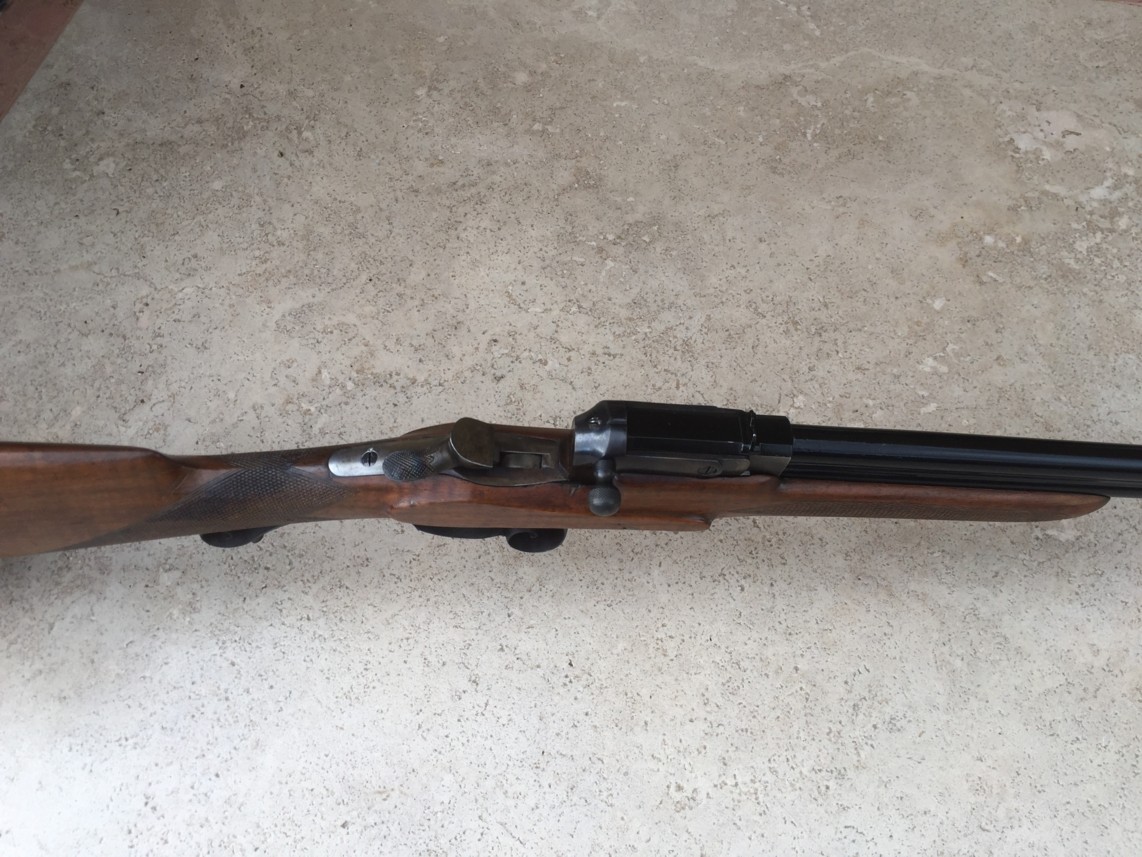
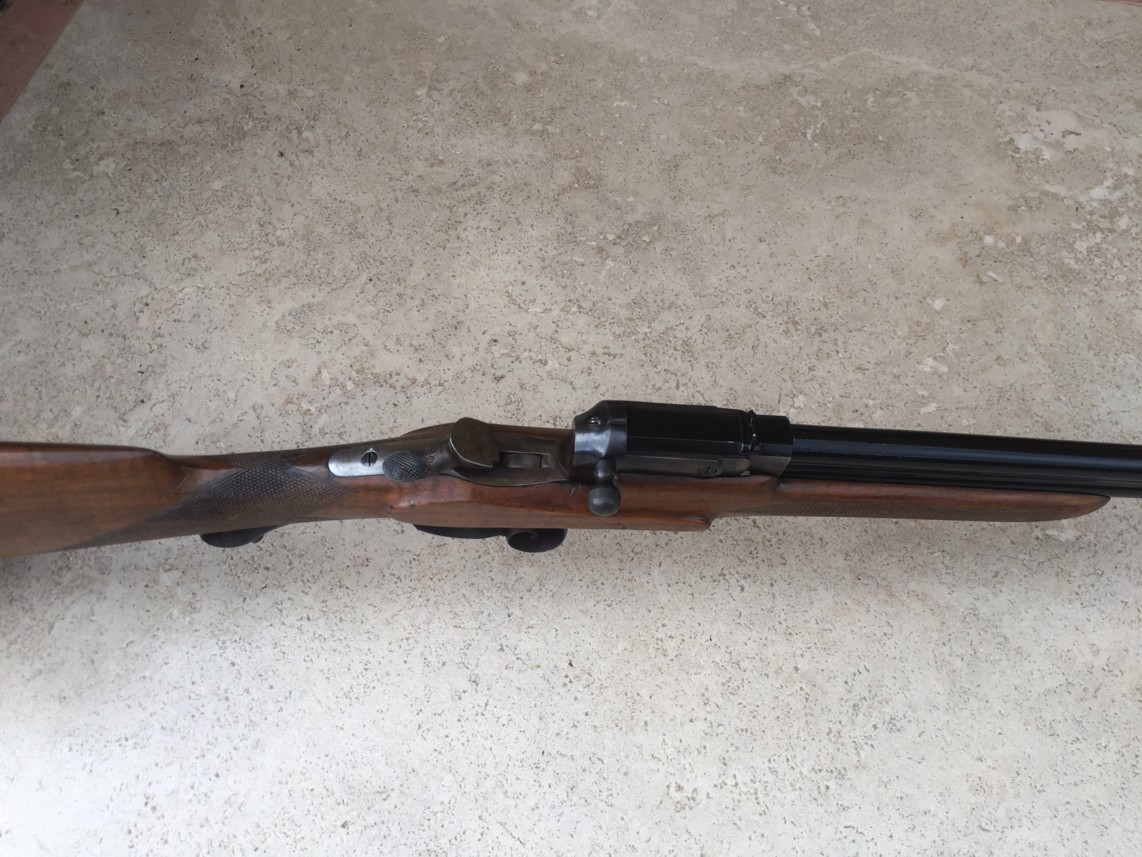
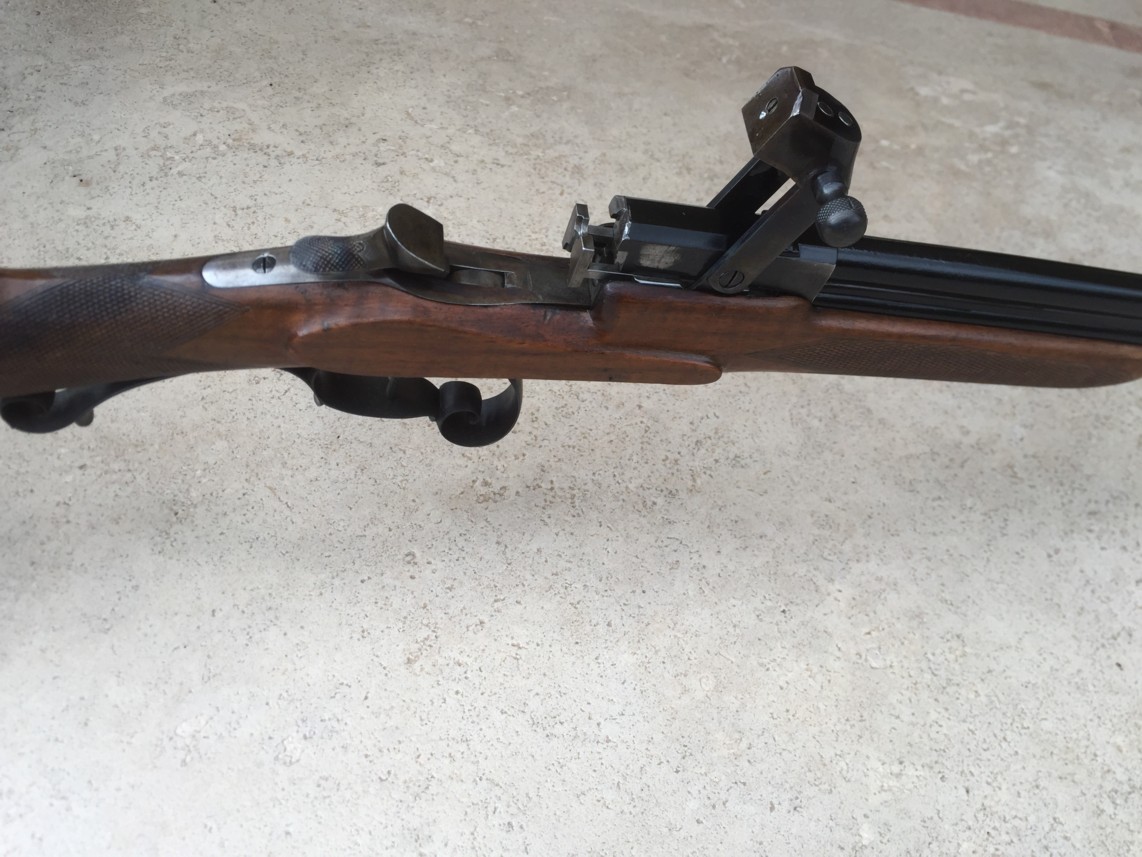
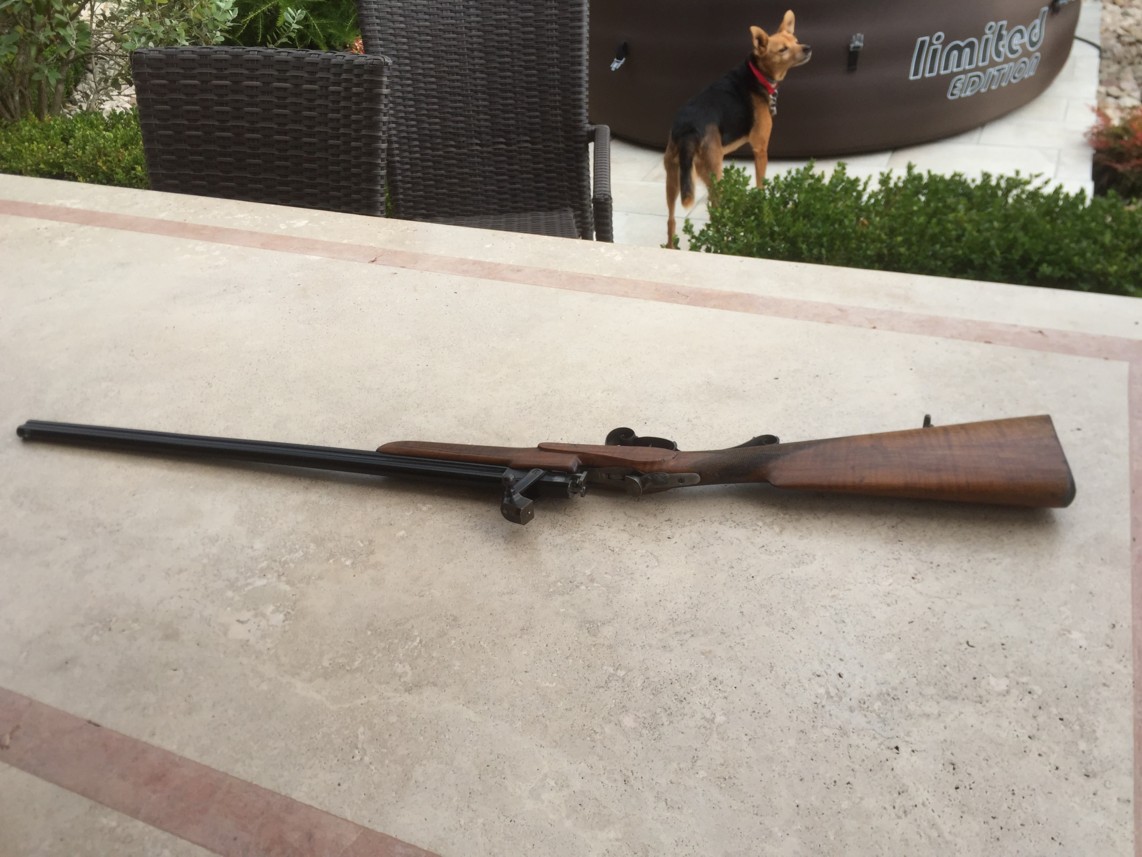
B Dozin
Who knows this B Dozin, a Flobert gun gauges .22 striped, yes, but a transformation into pistol with percussion, why, and for which?
No punch is reproduced on this gun if it is not the name and four traces of file on almost all the parts including the grip.
In Who’s Who, one finds a Mathieu Dozin well but it is all.
Max.
Dozin is not listed in Der Neue Stockel.
Probably B. Dozin was the manufacturer of the barrel only.
The gun was designated for 6 mm Flobert or 5.5 Bosquette cartridge, since the barrel is rifled (=rayé) and had a spring operated shell extractor.
I think this parlorgun may have suffered a broken extractor once upon a time and was then transformed to percussion, in order to start a second life in the colonies.
In the French and Belgian colonies in South America and Central Africa percussion guns were being used well into the 20th century ! Large quantities of percussion guns of all sorts were being exported to these parts of the world, some after WWI.
Metalic cartridges were used by Europeans only and therefor were scarcely available in the colonies.
Bert
